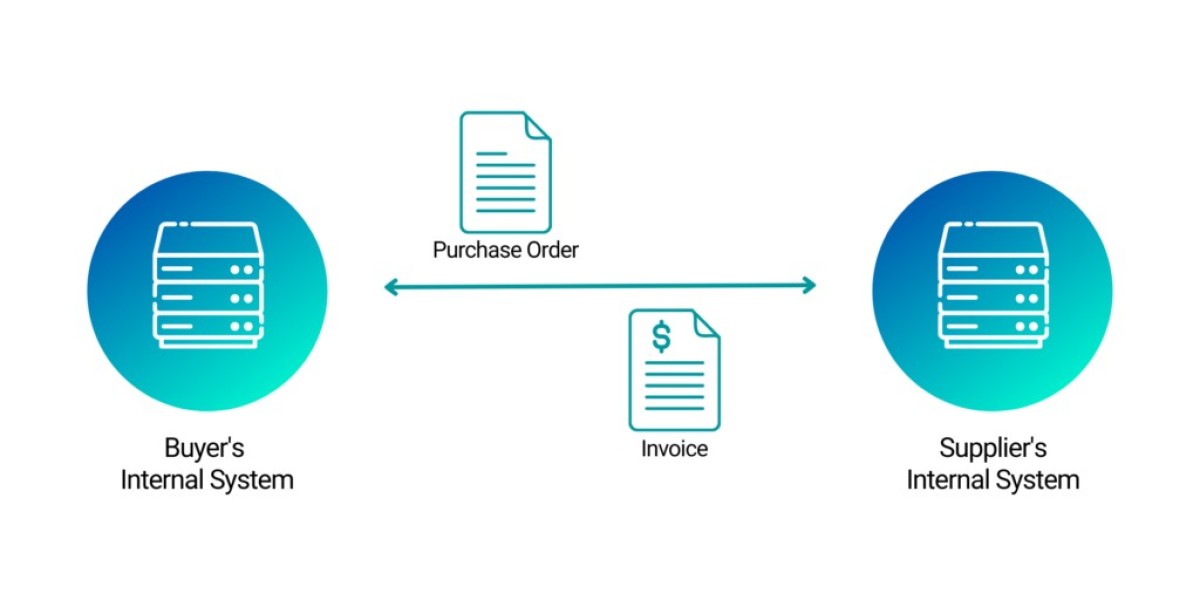1. What is an Electronic Data Interface?
An Electronic Data Interface (EDI)—though not a standardized term like EDI—generally refers to a software or system component that facilitates data exchange between different applications or devices.
Key Characteristics:
Acts as a bridge between systems (e.g., ERP, CRM, databases).
Can be API-based, file-based, or protocol-based (e.g., REST, SOAP, FTP).
Used for real-time or batch data transfers.
Common Use Cases:
Integrating e-commerce platforms with inventory systems.
Connecting IoT devices to cloud databases.
Enabling banking systems to communicate with payment gateways.
2. What is Electronic Data Interchange (Traditional EDI)?
Electronic Data Interchange (EDI) is a standardized method for exchanging business documents (invoices, POs, etc.) between organizations in a structured format.
Key Characteristics:
Uses global standards (ANSI X12, EDIFACT).
Typically automated, with no manual intervention.
Secure transmission via VAN, AS2, or APIs.
Common Use Cases:
Retail & Supply Chain (Walmart, Amazon suppliers).
Healthcare (HIPAA-compliant claims processing).
Automotive & Manufacturing (Just-in-Time inventory).
Comparison: Electronic Data Interface vs. EDI
| Feature | Electronic Data Interface | Electronic Data Interchange (EDI) |
|---|---|---|
| Purpose | General data exchange between systems | Structured B2B document exchange |
| Format | Custom (APIs, JSON, XML) | Standardized (ANSI X12, EDIFACT) |
| Real-Time | Yes (APIs enable instant updates) | Often batch-based (but modern EDI supports real-time) |
| Industries | All (tech, finance, IoT) | Retail, healthcare, logistics |
| Security | Depends on implementation (HTTPS, OAuth) | Encrypted (AS2, VAN, SFTP) |
When to Use Each?
Choose an Electronic Data Interface If:
✅ You need real-time integration (e.g., live inventory updates).
✅ Your partners use APIs or custom data formats.
✅ You’re connecting internal systems (CRM ↔ ERP).
Choose Traditional EDI If:
✅ Your industry requires compliance (e.g., retail EDI mandates).
✅ You exchange high-volume B2B documents (invoices, POs).
✅ Your partners only support EDI standards.
Future Trends: Blending EDI with Modern Interfaces
Many businesses now combine EDI with APIs for:
Hybrid integrations (e.g., EDI for suppliers + API for real-time tracking).
Cloud-based EDI (like AWS EDI or Microsoft Azure Logic Apps).
AI-powered data mapping to reduce errors.








